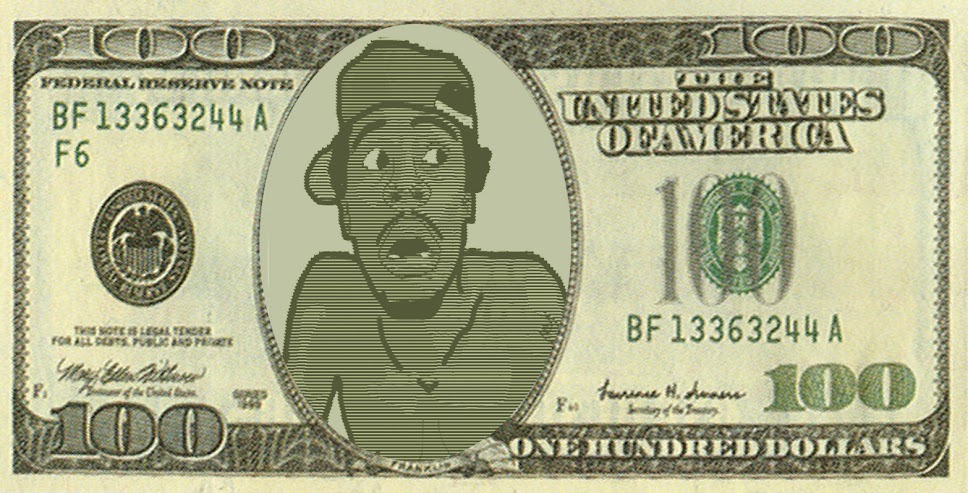
A recent Interview Magazine feature focuses on Pharrell Williams in a topic never actively discussed among the superstar musician. as it speaks about Williams’ fascination with science. A comprehensive set of questions focus on his current relationship with Dr. V.S. Ramachandran, a professor of neuroscience and psychology at the University of California. Pharrell talks about his fabric company, what notions have been spawned by his experiences with NIGO and his interest in the sciences. The article goes into depth with the relation between art and neuroscience which i find fascinating to say the least. I urge you to take the time and read this interview in its entirety here.!!!!!!
a snippet of the interview:
EHRLICH[interviewer]: A couple of years ago, Pharrell released an album with N.E.R.D called Seeing Sounds [2008] which was loosely organized around the concept of synesthesia—the mixing of sense consciousnesses, like “hearing” colors and so forth. Dr. Ramachandran, you’ve also done some experiments in the field of synesthesia, right?
RAMACHANDRAN: Yes, I’ve long been interested in the creative process, whether in art or in science. People think of art and science as being fundamentally opposed to each other, because art is about celebrating individual human creativity, and science is about discovering general principles, not about individual people. But in fact, the two have a lot in common, and the creative spirit is similar in both. It’s about seeing hidden links, which nobody else has discovered before. And in synesthesia, what’s going on is the brain sees all these amazing links, which you and I can barely glimpse. With grapheme-color synesthesia, every time a person sees a number, a letter, or hears a note, he sees a particular color. For most of us, that doesn’t happen. But some people, maybe one in a hundred, have this ability. And it’s been believed to mean that you’re crazy. But now we’ve shown in our lab, using brain imaging, and also by doing psychological testing, that, in fact, it’s a perfectly real, legitimate phenomenon, and it’s also eight or nine times more common among artists, poets, and novelists than in the general population. The question is why does that happen? Well, it turns out that synesthesia is caused by excessive cross-wiring in the brain. In the fetus, or a really young child, all the different brain areas are connected to each other, diffusely. And as the brain develops, the excess connections are turned off, so you get very specialized areas. So most people have really specialized talents. What happens in creative people is this pooling doesn’t take place. This creates a propensity to link seemingly unrelated things, like tones and colors. But also, because of the excess links, it makes them see hidden connections, made just between things that are seemingly unrelated to most of us. Like when Shakespeare says, “It is the East, and Juliet is the sun.” That’s a beautiful metaphor. You think, She’s radiant like the sun, she’s warm like the sun, she’s nurturing like the sun. Shakespeare’s brain probably had more of these connections that enabled him to make these amazingly, hauntingly beautiful connections, which most of us can’t. So my interest in synesthesia is trying to find the link between art and science, and trying to get a scientific understanding of things like creativity and artistic talent. I was invited to watch Pharrell work in the studio, and I was absolutely mesmerized—Pharrell, fill him in on it.
WILLIAMS: Well, he just kind of watched me make a song and how, as a musician, we react to something being right, how we react to something being wrong, and we go searching for it out of what’s seemingly thin air. But for us, we’re noticing rhythms, we’re catching something. My explanation is that curiosity illuminates the correct path to anything in life. If you’re not curious, that’s when your brain is starting to die. And discovering, I think, that’s what separates us from the rest of the other species. It’s that we discover and pioneer, we don’t forget from whence we came. My parents played a lot of Earth, Wind, & Fire, and the lead singer, Maurice White, was part of the Ramsey Lewis Trio, so he had an extensive jazz background, and so all of the songs had very interesting changes that I was privy to as a child. But at the same time, I used to see those colors as a kid. I thought everyone saw music in that way: That’s kind of burgundy, or, This is baby blue! But you start to notice when your friends are like, “Okay . . .” I just kind of blew it off, but what Dr. Ramachandran witnessed with me in the studio was, I’m just the average musician but I was just allowing my GPS to do what it does.




No comments:
Post a Comment